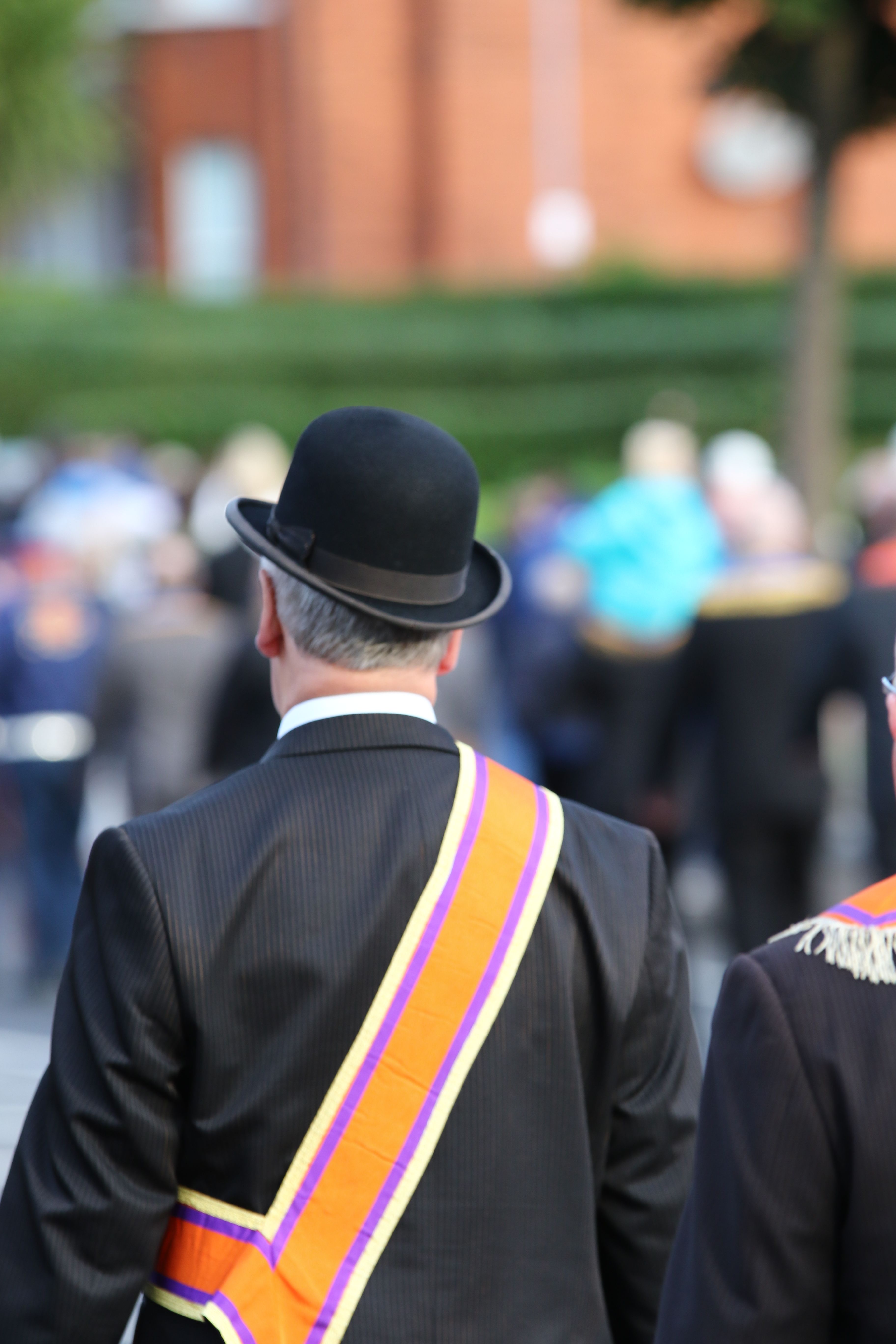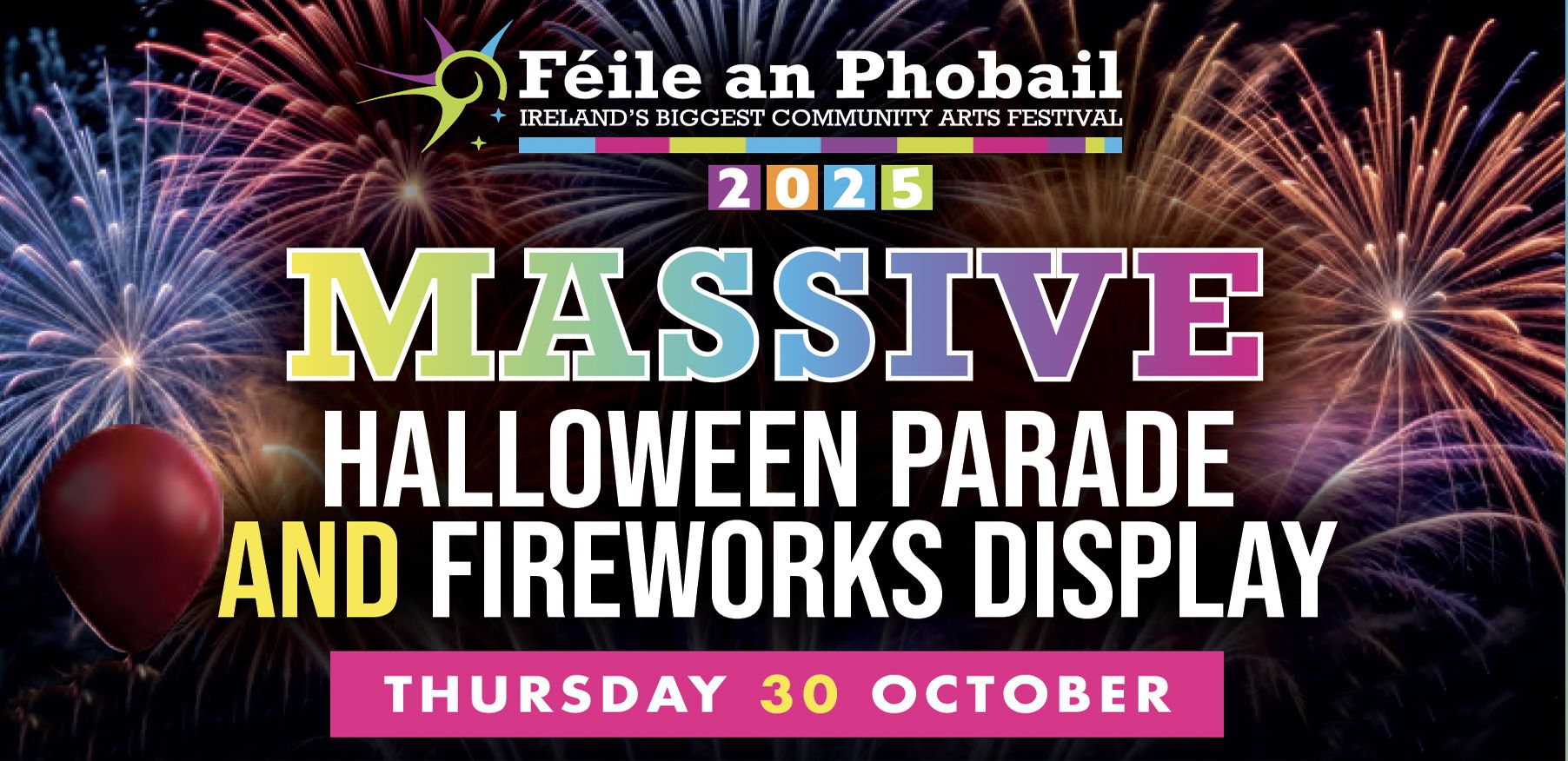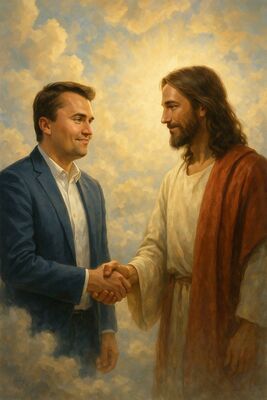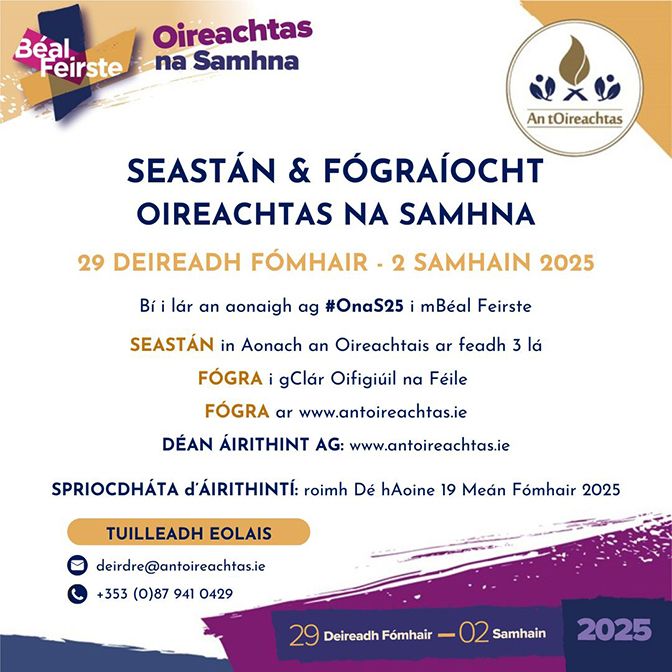THE recent decision by BBCNI to interview a senior Orangeman about the decision to axe the Casement Park Euros 2028 project has once more thrown into stark relief the distinctly odd relationship between the loyal orders and the unionist media here.
Despite its repeated claim to be a cultural and not a political body, the Orange Order is a go-to organisation for BBCNI and UTV, as well as the unionist newspapers on a large number of non-marching-related issues. In recent times the Orange Order has been invited to give its thoughts on topics as wide-ranging as collusion, legacy, Israel-Gaza, the Irish language, Russia-Ukraine, education and sport.
If the extraordinary amount of coverage given to unelected taxi dispatcher, doorman wrangler and paralegal Jamie Bryson raises eyebrows and heckles in equal measure in some quarters, the continued insistence of editors here on making a post-medieval fundamentalist cabal part of the public discourse passes with barely a mention.
The anti-Catholicism of the Orange Order is well-known, even if the Order continues to deny it, and the fatwahs placed on Orangemen taking part in any act of religious solidarity that smells of Mass combine with flagrant displays of musical bigotry at parades to place the Orange firmly in the drawer marked sectarian. But there's another aspect of the Order that should give everyone pause for thought next time one of the brethren appears on the teatime news to share his thoughts on this or that – and that's the Order's strong links to Freemasonry.
There’s a reason that senior Orangemen appear on television and in the papers to talk about non-Orange subjects in ‘civilian’ garb – that is to say without their sashes (much less the aprons, bowlers, white gloves and swords). And that reason is that the Order has long been anxious to avoid scrutiny of what being an Orangeman actually involves apart from giving Catholics the cold shoulder: The ancient rituals, the arcane language, the semi-occult ceremonialising.
The Orange Order has in the past frequently been compared to the Ku Klux Klan, with whom it shares not just right-wing ideology, but a taste for strange clothes and stranger titles. But forget the Grand Wizards standing beside burning crosses in the Deep South, the wizard that the Orange Order may have more in common with is the Wizard of Oz, a rather pathetic figure whose vanity and preposterous posturing remain hidden until the curtain is finally ripped away.
The weird nature of the Orange Order’s history, practices and philosophy is not something that the overwhelmingly unionist press here is much interested in discussing. And so the Order is too often viewed as just another generally benign aspect of the religious and community divide here alongside schools, sports groups and community, political and social organisations.
The Masonic Order, by contrast, is viewed with a mixture of curiosity, suspicion and hostility thanks to its famously strange and secret nature. But the similarities between the Orange and Masonry are many, deep and wide-ranging, going way beyond the simple fact of both being organised into lodges and both being male-only organisations.
Much of the ritual, ceremony and language of the Orange Order – and of the loyal orders generally – is lifted from Freemasonry, whose origins predate Orangeism by some considerable time. This is hardly surprising as the three men credited with founding the Orange Order in 1795 – James Wilson, Dan Winter and James Sloan – were Freemasons, who rather than start from scratch found it much easier to cut and paste large swathes of the Freemason’s rules, behaviours and oaths, most of those in turn lifted from antiquity – historical, mythical and religious.
While what happens in the Orange hall stays in the Orange hall (although accessible online with a little determination) the symbols of the Orange Order are in plain view every day on Orange arches, banners, lapels and aprons.
The ’All-Seeing Eye’, for instance, is pervasive in the Orange tradition. And it’s perhaps Masonry’s most famous symbol, adopted as a reminder of the ever-watching eye of the ‘Great Architect of the Universe’ (Freemasons do not necessarily have to believe in God – only in ‘a god’).
SHARED SYMBOLS: The All-Seeing Eye is a key part of Masonry – and Orangeism
The origins of the 'Five-Pointed Star' are to be found deep in antiquity. It has been, along with the compass and square symbol, one of Freemasonry's defining symbols, generally thought to represent five points of wisdom or faith. It's another symbol that Orangeism has lifted from Freemasonry, but unfortunately what also comes with the five-pointed star is its association with the occult or profane by way of the five-pointed pentagram – and as Masons have learned to their cost, that's a gift for conspiracists.
The ‘Ladder to Heaven’ or ‘Jacob’s Ladder’ is also common in Masonic and Orange symbology, representing a move upwards and closer to God. Actual ladders, or steps, are used in the incredibly bizarre initiation and promotion rituals that new or advancing Masonry and Orangeism candidates endure, which include:
• Blindfoldings: Candidates are routinely blindfolded and have items of clothing either removed or rearranged to indicate subservience and submission.
• Ropes: Candidates are ritualistically bound and/or have nooses placed around their necks.
• Beatings: The kicking and beating of candidates by fellow Orangemen and Masons has evolved over the centuries to the point where it no longer inflicts pain or injury, but the ritual continues.
• Humiliation: Symbolic beatings with sharp branches such as brambles and holly while being tossed in a blanket are often accompanied by raucous laughter and animal noises.
• Coffins: A candidate may be required either to kneel or lie in a coffin to underline the potentially deadly consequences of betraying his oaths.
BIZARRE: Arcane and strange initiations remain a key part of the Orange and Masonic tradition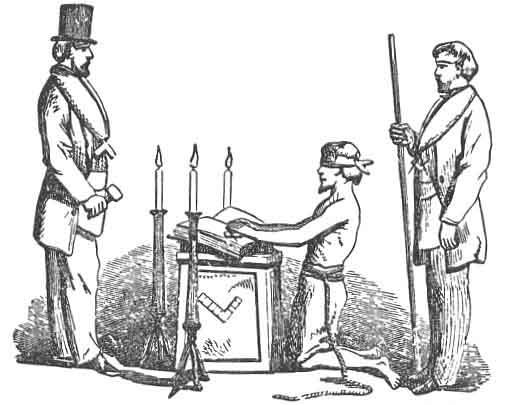
Several aspects of these rituals come together in the infamous ‘Riding the Goat’ ceremony which new Orange Order members are required to undertake.
Speaking on Radio Ulster’s Talkback in 2017, one senior Orangeman vividly recalled his Riding the Goat experience and said it “scared the hell out of me”.
The wholesale lifting of Freemasonry ritual and language by the Orange was an 18th century no-brainer, given that both organisations are predicated on an absence of Catholics and so no clash of faith or doctrine occurred. But few people – including members of the Orange and the Masons – are fully cognisant of what's at best an awkward and at worst adversarial relationship between Freemasonry and Christianity.
In its claim to be an esoteric 'essence' of global religions, Freemasonry has over the centuries plundered a trove of religious/mythic ritual and language from around the world. And by in turn plundering the Masonic tradition, the Old Testament Christian simplicity of the Orange Order is neither as straightforward or as Bible-based as the brethren would have you believe.
